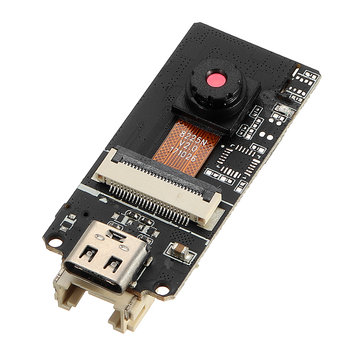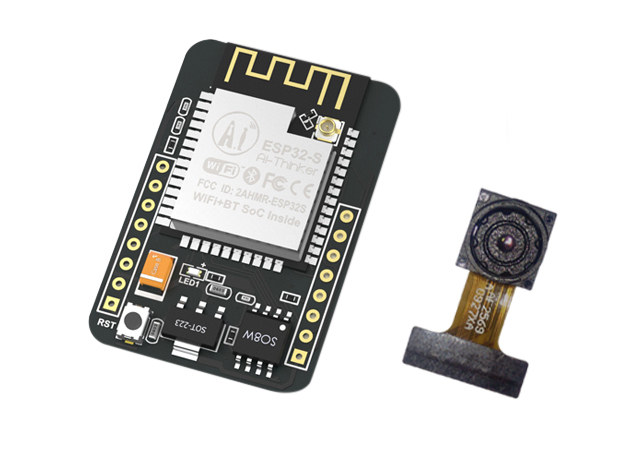An update on the ESP32-based 3D printer control board I have been working on.
After getting everything soldered, I gave it a try. Connected it to a 12V power supply, with stepper drivers in place, a hotend and thermistor too.
And nearly started a fire.
Due to my own stupid oversight, the inductor on the board is too small. The rated current was not high enough to handle what the LM2596 needs. This resulted in the LM2596 not functioning as it should, giving an output voltage that is way too high. The 74HCT02 was also not functioning as planned, resulting in the MOSFET gates always on, and you can imagine the amount of current flowing into the hotend... I think this has to do with my understanding of how the 74HCT02 works. I am going to replace it with a 74HC126, which is more straightforward.
Will be changing the design to use a bigger inductor, and then check if it works, and changing to use a 74HC126. If this combination still does not work, then it may be time to use a proper MOSFET driver like the TPS2812.
Comments can be given here, or on GitHub.
GitHub repo.
Note: Issue fixed. Pre-launch version now available here. Some information on this has been updated here.
After getting everything soldered, I gave it a try. Connected it to a 12V power supply, with stepper drivers in place, a hotend and thermistor too.
And nearly started a fire.
Due to my own stupid oversight, the inductor on the board is too small. The rated current was not high enough to handle what the LM2596 needs. This resulted in the LM2596 not functioning as it should, giving an output voltage that is way too high. The 74HCT02 was also not functioning as planned, resulting in the MOSFET gates always on, and you can imagine the amount of current flowing into the hotend... I think this has to do with my understanding of how the 74HCT02 works. I am going to replace it with a 74HC126, which is more straightforward.
Will be changing the design to use a bigger inductor, and then check if it works, and changing to use a 74HC126. If this combination still does not work, then it may be time to use a proper MOSFET driver like the TPS2812.
Comments can be given here, or on GitHub.
GitHub repo.
Note: Issue fixed. Pre-launch version now available here. Some information on this has been updated here.




